THE WONDER BOWL: Ten Spring and Summer Nature Activities for Kids and Adults
Got dirt? “In South Carolina, a truckload of dirt is the same price as a video game!” reports Norman McGee, a father in that state who bought a small pickup-load of dirt for his daughter and friends.
As McGee’s photo shows, the dirt was a great success. I told his story a few years ago in this space. The story is worth repeating. So is Liz Baird’s idea — along with a few others.
Liz keeps a “wonder bowl” available for her children. When she was a little girl she would fill her pockets with natural wonders—acorns, rocks, mushrooms. “My Mom got tired of washing clothes and finding these treasures in the bottom of the washer or disintegrated through the dryer,” Liz recalls.
“So she came up with ‘Liz’s Wonder Bowl,’ and the idea was that I could empty my pockets into the bowl. I could still enjoy my treasures, and try to find out what things were, and not cause trouble with the laundry.”
What’s your family doing in the coming months, not only to help your kids be healthier, happier and smarter — but to help you too? Here are ten suggestions. Please share your own in the comments section below:
- Think simple: Create a wonder bowl like Liz’s, or buy a pickup load of dirt, like Norman did. Some of the best places to play, and toys, are the simplest and least expensive. Did you know that the National Toy Hall of Fame has inducted the cardboard box and the stick?
- Invite native flora and fauna into your life. Maintain a birdbath. Replace part of your lawn with native plants. Build a bat house. For backyard suggestions, plus links to information about attracting wildlife to apartments and townhouses, see the National Audubon Society’s Invitation to a Healthy Yard.
- Start a Family Nature Club. Check out the Children & Nature Network’s Families Together in Nature Group Planning Guide to learn how to create a network of like-minded families who want to get their kids outside, but need the support of others to help make that happen. It’s a new form of social networking!
- Encourage your kids to build a tree house, fort or hut. But don’t do it for them. You can provide the raw materials, including sticks, boards, blankets, boxes, ropes, and nails, but it’s best if kids are the architects and builders. The older the kids, the more complex the construction can be. For understanding and inspiration, read “Children’s Special Places” by David Sobel.
- Suggest camping in the backyard. Buy a tent, or make one out of canvas — then leave it up all summer.
- Become a Natural Leader. Being a nature mentor isn’t just a job for parents and grandparents. Young people helping other young people get outside is catching on. For example, in Mississippi, teenager Josh Morrison founded Geeks in the Woods with his friends. He defines “geek” as a “gaming environmentally educated kid,” and says he and his friends— “tired of being labeled” tech addicts — can have their PlayStations and their outdoor time too.
- Find a guidebook. Consider “I Love Dirt” or Joseph Cornell’s classic “Sharing Nature With Children” or “Coyote’s Guide to Connecting with Nature” or “The Nature Connection.”
- Go online. Take a look at the growing number of good online guides for parents. Among them: the free online Parents’ Guide to Nature Play offered by the Green Hearts Institute. The Nature Conservancy’s Nature Lab, offers seasonal activity guides to inspire more time outside.
- Join the movement. The Children & Nature Network partners with organizations and initiatives across the U.S. to increase access to nature for people of all ages. Consider becoming a sustaining member, or joining the movement on The Trailhead!
- Relieve your stress. All the health benefits children receive when they go outside are also conveyed to the adult that accompanies them. Children feel better after spending time in the natural world, even if it’s in their own backyard. So do adults, who have Nature-Deficit Disorder, too.
-
Network News
POLICY UPDATE: Policy and advocacy for the children and nature movement
-
Voices
Binoculars, bald eagles and my journey as a Black birder
-
Richard Louv
THE WONDER BOWL: Ten Spring and Summer Nature Activities for Kids and Adults
-
Network News
Minneapolis Spotlight: The promise and possibilities of parks for youth
-
Voices
Why nature is my motherhood ally


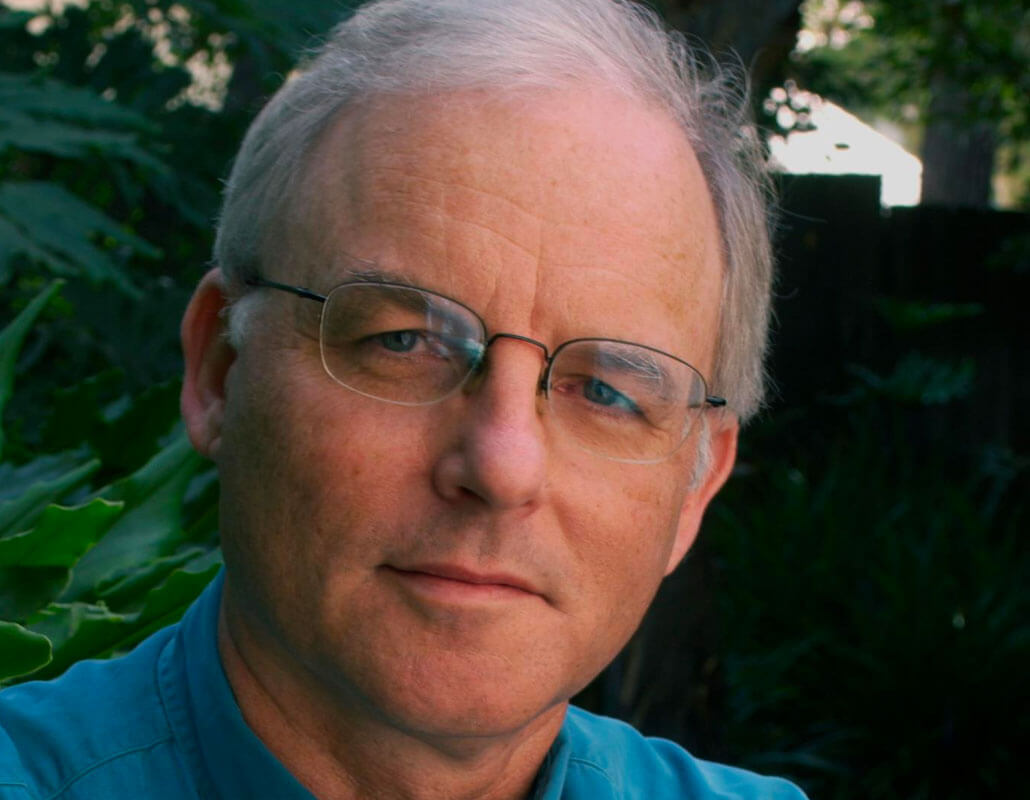
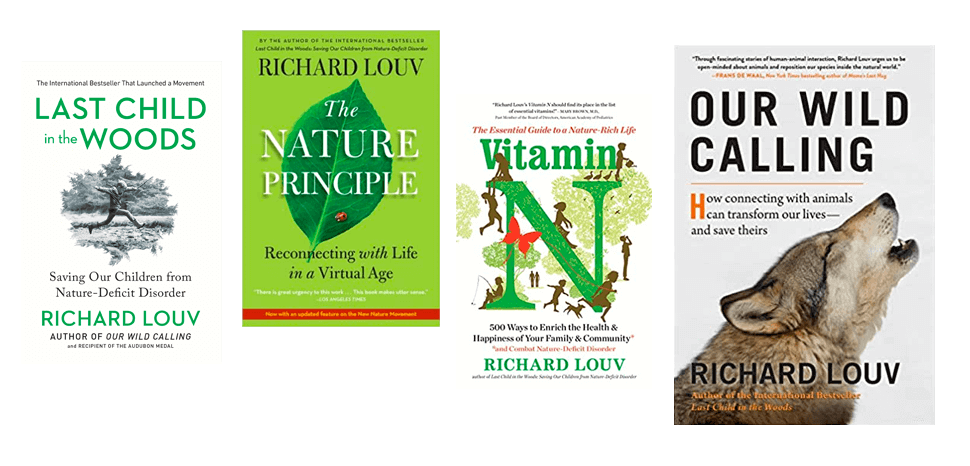
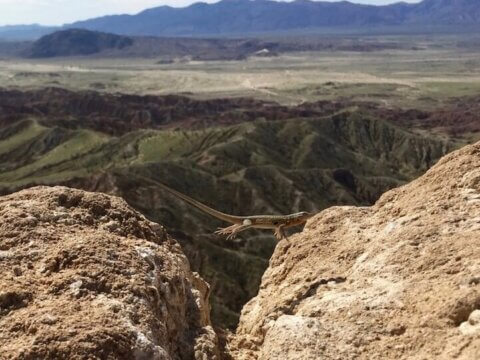
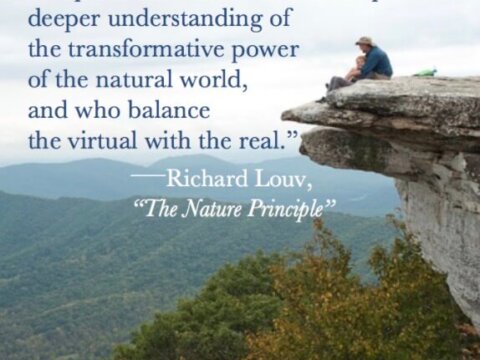
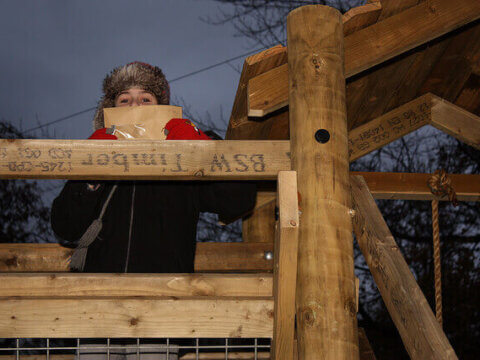
Commentaries on the C&NN website are offered to share diverse points-of-view from the global children and nature movement and to encourage new thinking and debate. The views and opinions expressed are those of the author(s) and do not necessarily reflect the position of C&NN. C&NN does not officially endorse every statement, report or product mentioned.